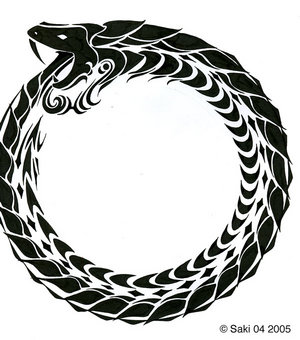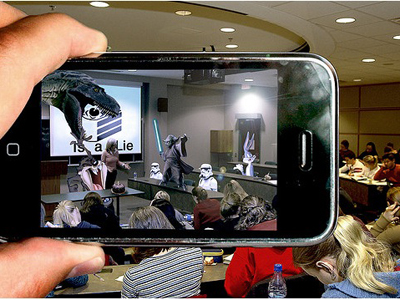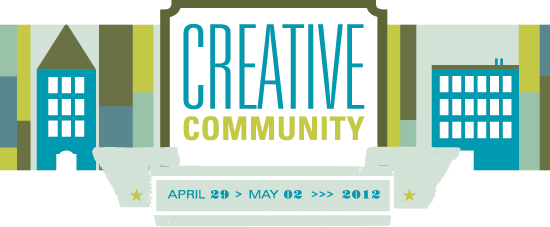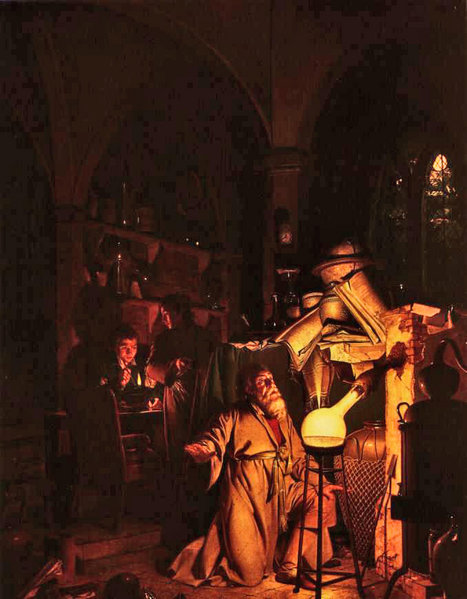The snake is eating its own tail.
So yesterday an interesting discussion occurred concerning the several current themes that this blog lumps under the moniker “museum food chain.” What is meant is what appears how different types of museums are “eating” what has been the content, audience or other defining characteristic. A few examples that were part of our discussion.
Pirates, mummies, ancient manuscripts have been recent subjects of large exhibitions often present at science centers. These subjects have more traditionally been the subject “territory” of natural history museums. Meanwhile children’s museums are increasingly looking to create science, technology, engineering and math or STEM exhibits to attract audience and to be in sync with educational standards.
In parallel museums are trying to increase and expand their audiences often moving into other’s “turf” as well. Children’s museums are working to increase their attendance from older children, often with the same STEM content just mentioned. Meanwhile science centers constantly expand their preschool areas and now seek to all elusive teenager audience that actually no one seems to really have captured.
Thinking about this progression one can explore what might be new directions these and other museums might explore as time goes by:
How can art museums present STEM content?
When will science centers tour a Matisse or Renoir show?
When will a children’s museum put up an exhibition for seniors?
If current movements are any indication, museums will constantly try to push existing boundries in an increasingly competitive market. Museum Categories Are Dead!



